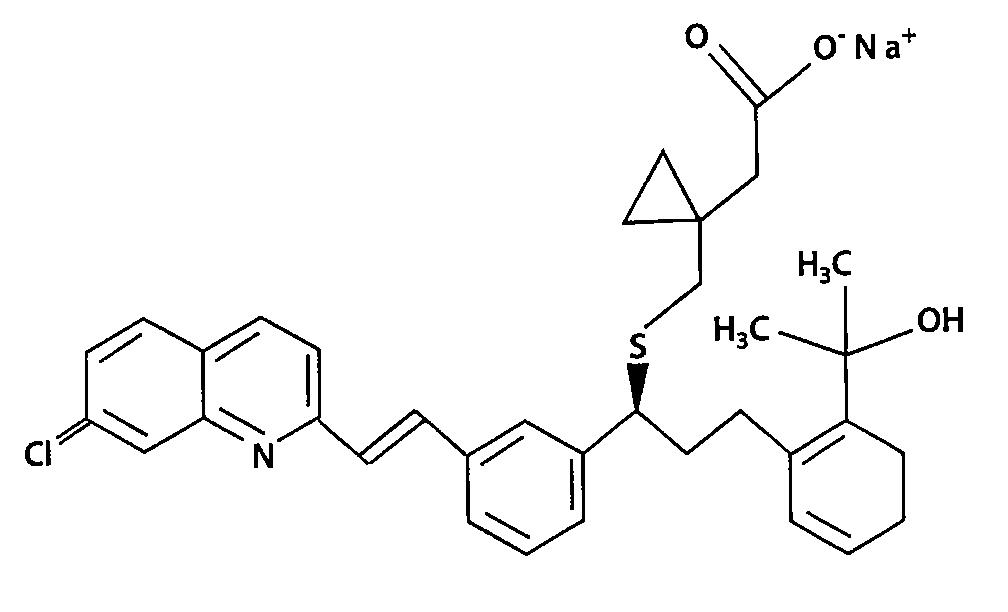Compositions And Methods For Regulating Chondrocyte Proliferation In Bone Disorders
a technology of chondrocyte proliferation and composition, applied in the field of cartilage physiology, repair, regeneration, etc., can solve the problems of traumatic injury treatment cost, significant biomedical burden, and modulation of cartilage and/or bone formation, and achieve no curative treatment for lost bone mass associated with bone healing
- Summary
- Abstract
- Description
- Claims
- Application Information
AI Technical Summary
Benefits of technology
Problems solved by technology
Method used
Image
Examples
example ii
Animal Model for Bone Healing Disorder Studies
Animals
[0131]C57B / 6 mice were purchased (Charles River, Inc.Q3) and housed in the animal facility at the University of Massachusetts Medical School under IACUC approved protocol. Eight- to 9-week-old animals were used in the study.
Fracture Technique
[0132]Institutional approval was obtained and all procedures were undertaken in accordance with approved IACUC methods. Animals were administered general anesthesia using IP injections of ketamine and xylazine. A midline skin incision over the knee joint was utilized and a median parapatellar arthrotomy was performed to expose the trochlear groove. A pilot hole was made using a 25 gauge needle to gain access to the femoral canal. The central cannula from a 22 gauge spinal needle was inserted into the canal and passed to the proximal femur in retrograde fashion. The wire was backed out slightly, cut, and reinserted. Wounds were closed, and the femur was held in a fixed position while a drop wei...
PUM
| Property | Measurement | Unit |
|---|---|---|
| time | aaaaa | aaaaa |
| volume | aaaaa | aaaaa |
| disorder | aaaaa | aaaaa |
Abstract
Description
Claims
Application Information
 Login to View More
Login to View More - R&D
- Intellectual Property
- Life Sciences
- Materials
- Tech Scout
- Unparalleled Data Quality
- Higher Quality Content
- 60% Fewer Hallucinations
Browse by: Latest US Patents, China's latest patents, Technical Efficacy Thesaurus, Application Domain, Technology Topic, Popular Technical Reports.
© 2025 PatSnap. All rights reserved.Legal|Privacy policy|Modern Slavery Act Transparency Statement|Sitemap|About US| Contact US: help@patsnap.com



